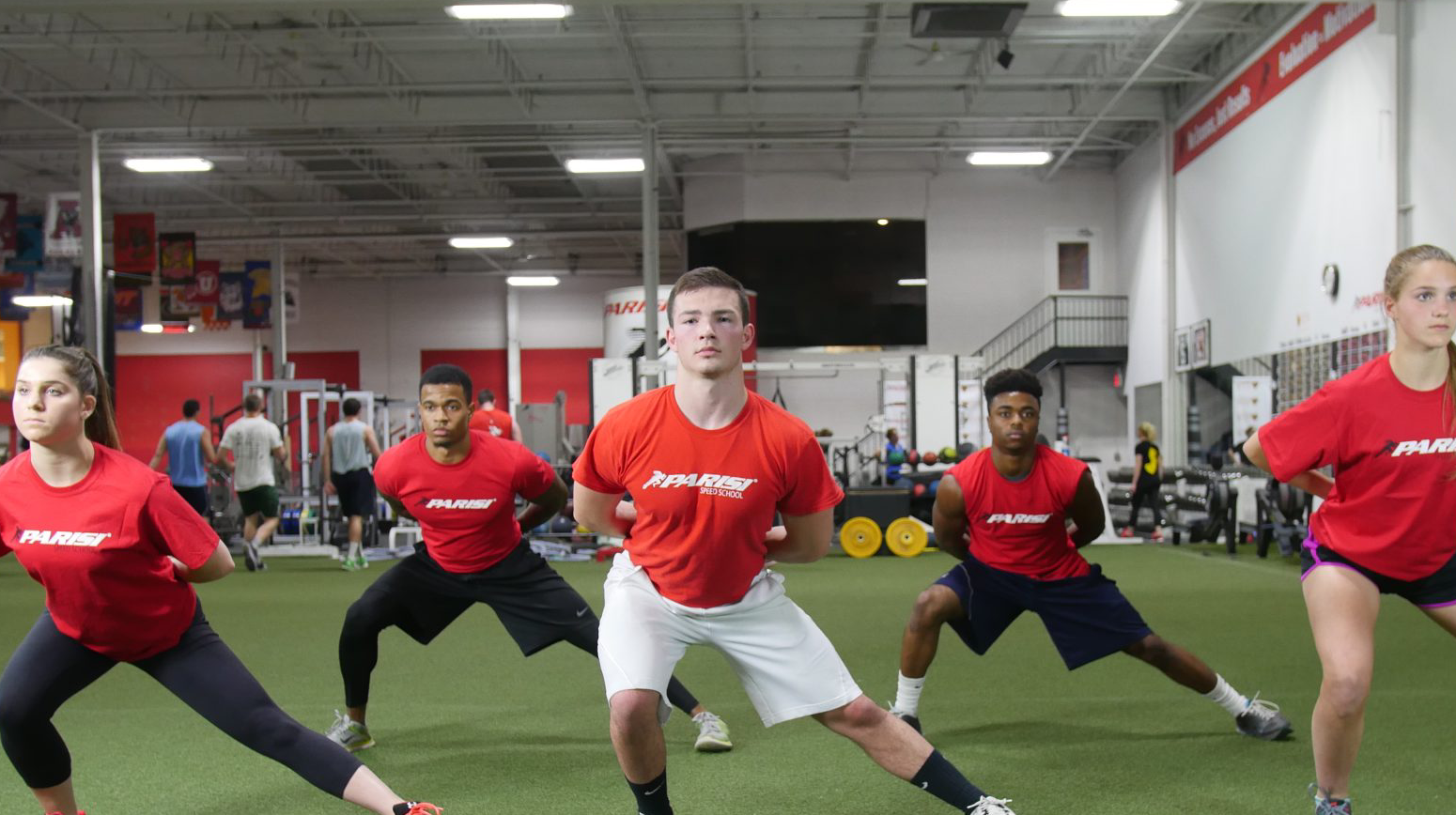I’m excited about this article. I really am.
This research review features a meta-review of 17 studies that researched single-limb resistance training and the effect of training one limb would have on the contralateral and ipsilateral limb.
For those wanting that in a more simple sentence. If I do a single arm bench press with my right arm. How does that strength movement neurologically affect the output of my left arm and left leg, respectively.
A very cool study to dive in to, so lets get it!
If you’re new to the series, here’s how we’re gonna do it. I’m going to read the research article and break it down into these three parts for (hopefully) easier understanding on your side of the screen.
Part 1: What do we know?
This is going to explain what the research was looking to study, how they studied it, and why you should care.
Part 2: Any comments or concerns about what the study is showing?
Sometimes the best research study looks so good on paper, but then when you dive in you see that it was done on olympic athletes, or was sponsored by a specific company, or something else that can throw a major red flag on its effectiveness in practical use. Alas, that is what we are for here at Parisi HQ
Part 3: How can I use this?
This part is going to explain practical applications of the research. Typically research is lab based and can be hard to replicate when you’re a Performance Coach on a budget. I’m going to do my best to break down how you can actually apply this research to you coaching
As always, for the grammar nerds, here is the article in MLA citation format…
Contralateral effects of unilateral strength training: evidence and possible mechanisms
Timothy J. Carroll, Robert D. Herbert, Joanne Munn, Michael Lee, and Simon C. Gandevia
Journal of Applied Physiology 2006 101:5, 1514-1522
What do we know?
Single limb training is good for you.
I kid.
In all seriousness, this review looked at single limb training as a way to improve the opposite limb as well as the contralateral limb. Studies reviewed ranged from over 100 years ago – amazing!
The idea here is that the brain and motor units aren’t just bound to the single-use of the joint actions being performed. Growing up – taking personal training certifications – we are taught ‘prime movers’ and ‘assistance’ muscles. This study really puts in to perspective how your entire body works as one mechanism when performing work.
When they reviewed the studies of note, they did a phenomenal job pulling out some of the fluff that may have interfered with the outcomes. Any time you are testing at the neurological level there are a lot of considerations that affect the outcome of the study. I can appreciate the level of detail that went in to this review.
Any comments or concerns?
My initial comment is that I am going to pick less articles from The Journal of Applied Neuroscience, though this review was awesome to read.
Because this was a meta-review, they really knit-picked the studies shown. Mainly, the variance in testing that is likely caused in the familiarity in the movements. For example, if they are using a single arm dumbbell press as a movement, there is going to be some level of expected familiarity with that movement as they move from limb to limb. The body is smart and can pick up on motor units used from one side to the next.
How can I use this?
This study really helped solidify the use of single-limb training in youth development programs. Specifically as a means for using lighter loads (because unilateral loads require that), to reap big, multi-faceted rewards, in the body. I think that once an athlete demonstrates basic bilateral strength qualities – think, push ups – moving them to a single arm bench press is something that could be and very well should be a part of your progression tree.
From a Performance Coaches perspective, we can often feel pressure in getting our athletes to resistance modalities in their training. Knowing we are going to get a ton of bang-for-your-buck out of single limb movements makes me think these variations need to be better baked in to our strength training progressions.
